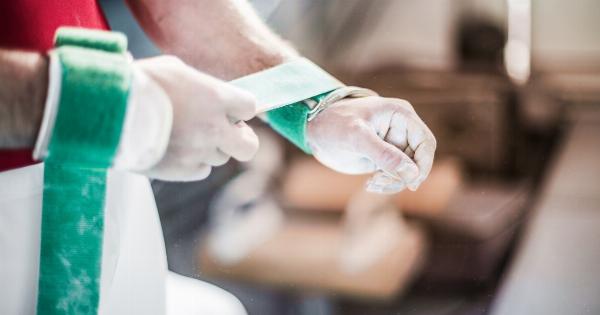When it comes to public toilets, there is often a feeling of apprehension regarding the chance of contracting infections. There’s no denying that public restrooms are often a hotbed of bacteria, germs, and viruses.
Everybody has heard someone warn them to be careful in public toilets, and sometimes the fear gets to the point where it seems as if you can contract infections just by walking into a public restroom. But just how probable is it to contract infections from public toilets?.
How Do Germs Spread in Public Toilets?
Before we dive in, let’s understand how germs spread in public restrooms. The primary way germs spread in these spaces is through contact. When someone touches a surface contaminated by germs, it transfers from the surface to their hands.
If the person then proceeds to touch their face, mouth, or nose, they may be infected by the germs. The most common culprits are E. coli, salmonella, and staphylococcus, which can cause diarrhea, respiratory infections, and skin infections, respectively.
Also, airborne illnesses can spread through the release of bacteria and viruses through breathing and coughing.
How Often Are Public Toilets Cleaned?
The frequency of cleaning restrooms varies from place to place. In general, public toilets are cleaned frequently, especially high-use restrooms such as those in airports, shopping centers, and hospitals.
However, there is always a chance of encountering a restroom that has not been cleaned or maintained. It is not uncommon for some public restrooms to go for several hours without cleaning, which may heighten the risk of picking up an infection.
How to Reduce the Risk of Infection in Public Toilets
There are several measures you can take to minimize the chances of catching an infection in a public toilet:.
Wash Your Hands
Washing your hands is the best defense against the spread of bacteria and viruses. Use soap and warm water to thoroughly wash your hands before and after using the restroom.
Take your time while washing your hands, scrubbing every area and using enough soap to create a lather. Remember to use paper towels or an air dryer to dry your hands since damp hands can pick up germs more easily.
Use a Seat Cover
Although many public restrooms now provide toilet paper seat covers, some may not. Use a seat cover or a layer of toilet paper to cover the seat, thus preventing direct contact between the skin and the toilet seat.
It is important to note that hepatitis A infections can be contracted through contact with contaminated toilet seats, so it is better to be cautious than sorry.
Avoid Touching Unnecessary Surfaces
Many public toilets come equipped with automatic flushes. If this is not an option, use a piece of toilet paper to press the flush lever, to lessen your exposure to germs.
Also, avoid touching other surfaces such as door handles, soap dispensers, and faucets as much as possible. Use a paper towel or an elbow to turn the faucet on and off, and to open and close the door.
Consider the Environment
When selecting a public restroom to use, you can take certain factors into account to reduce the risk of infection. For example, you may choose a high-end hotel restroom as they are often more likely to be cleaned regularly.
You may also choose restrooms that are well-ventilated, natural, and light as bacteria and viruses thrive more in enclosed and dirty environments. You can also avoid using public restrooms during busy times when they are in high demand, and many people have the opportunity to use them.
The Probability of Contracting Infections from Public Toilets
It’s important to note that the probability of contracting infections from public toilets is relatively low, provided you take precautions.
While you can never completely eliminate the risk of catching an illness, taking care to wash your hands, use seat covers, and avoid touching surfaces will greatly reduce your chances of getting infected. Furthermore, schools of thought advocate that the chances of getting an infection may not necessarily stem from the restroom itself but shared surfaces in contact with the hands.
So it’s vital to keep your hands clean and sanitized whenever possible.
Conclusion
In summary, although public restrooms harbor a lot of germs and bacteria that can lead to infections, the probability of contracting an illness can be reduced by practicing good hygiene habits and taking proper precautions.
It is important to remain vigilant and do your part to prevent the spread of germs, but it’s also important to remember that the probability of catching an infection is relatively low.





























